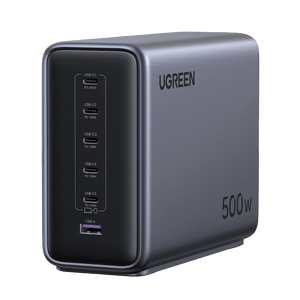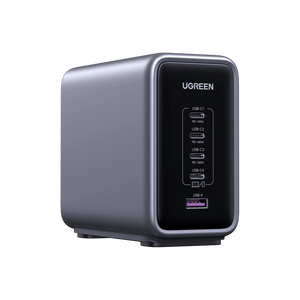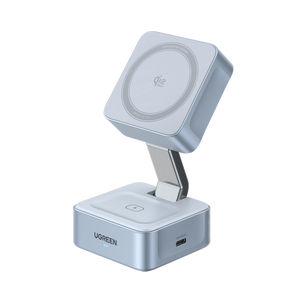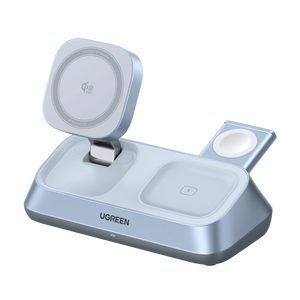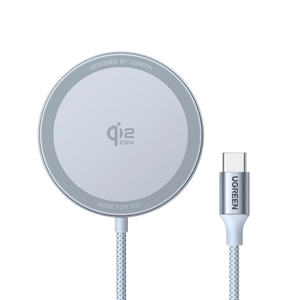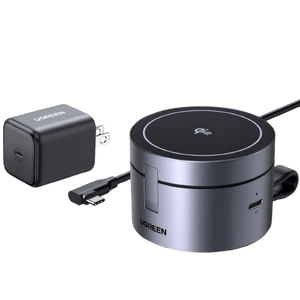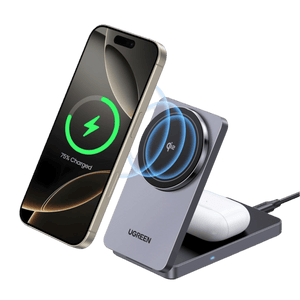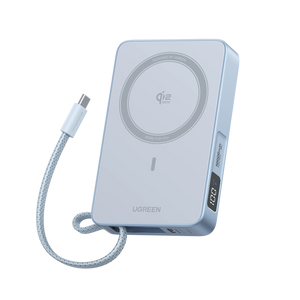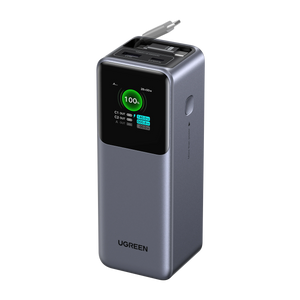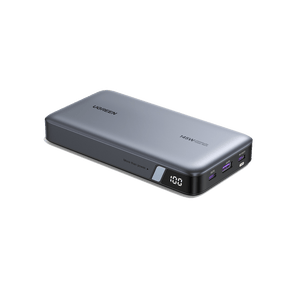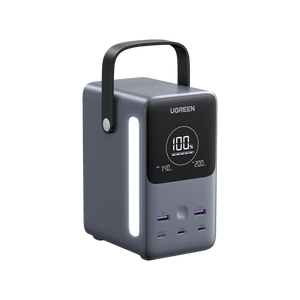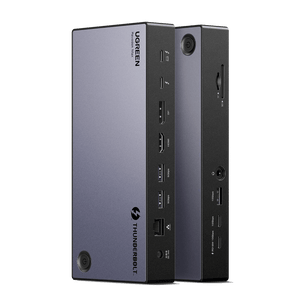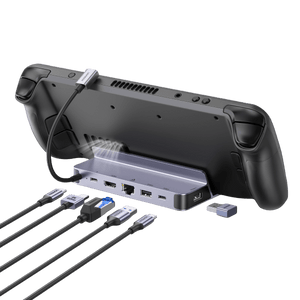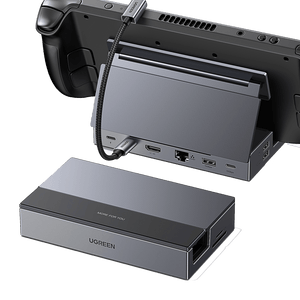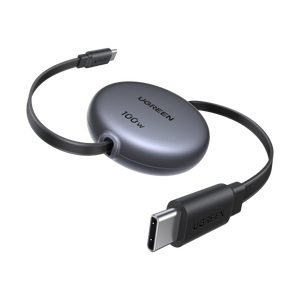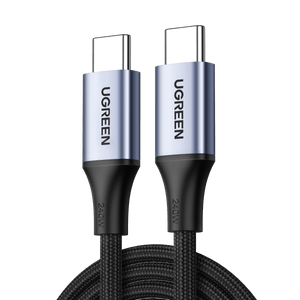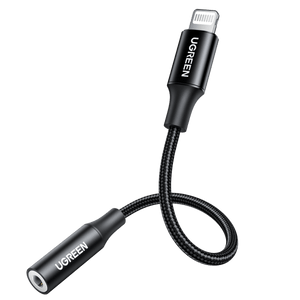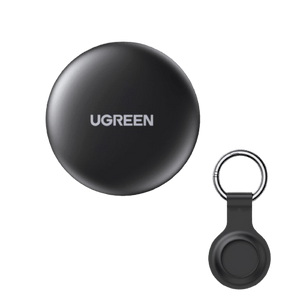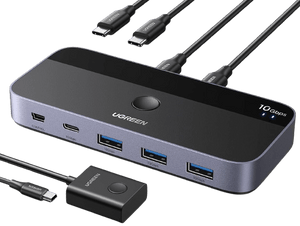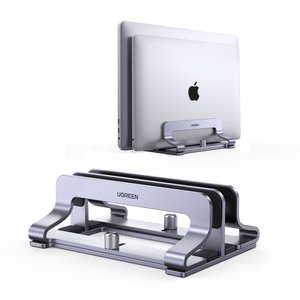Is Wireless Charging Bad for Your Battery? March 2025 update
Wireless charging has become a staple of modern convenience, but is this convenience coming at the expense of your phone’s battery health? As more users shift to wireless charging for its ease and clutter-free setup, concerns about battery degradation and overheating have surfaced. In this article, we’ll explore the science behind wireless charging, debunk myths, and provide practical insights based on modern technology and user feedback.
Key Takeaways
- Wireless charging generates more heat than wired charging, but modern smartphones have thermal management systems to mitigate battery degradation risks.
- Frequent wireless charging may increase charge cycles due to its convenience, so maintaining battery levels between 20% and 80% helps preserve long-term capacity.
- Wireless charging is slower than wired but offers clutter-free convenience and reduces wear on charging ports, with newer technologies like MagSafe and Qi 2.0 improving speeds.
- Safe wireless charging requires Qi-certified chargers, proper device alignment, and avoiding soft surfaces or thick cases to prevent overheating.

How Does Wireless Charging Work?
Think of wireless charging like a magnetic handshake between your phone and the charging pad. The pad sends out an electromagnetic field that the phone’s coil picks up, converting it back into energy. No wires, no fuss—but also, no magic. Wireless charging is rooted in basic electromagnetic principles, and while it’s incredibly convenient, it’s not without its limitations.
When you place your phone on the pad, the induction coil inside the charging pad creates an alternating electromagnetic field. The receiver coil in your phone converts this field back into electricity, charging your battery. This technology eliminates the need for cables, offering a convenient and clutter-free way to charge your devices.

Is Wireless Charging Bad for Your Battery?
Impact of Heat from Wireless Charging on Battery Life
Wireless charging does tend to generate more heat than a wired connection, but how much heat is too much? According to studies, wireless charging can raise your phone’s temperature by about 5°C to 10°C more than wired charging. While this might sound alarming, most modern smartphones, like the iPhone 16 and HUAWEI Pura 70, come equipped with advanced thermal management systems designed to keep the battery cool.
Heat is a known accelerant for battery degradation, meaning that excessive heat can shorten the lifespan of your phone’s battery. However, using wireless charging in a well-ventilated, cool environment can help mitigate the risks. Additionally, advancements in wireless charging technology are continually improving heat dissipation.
Are Wireless Chargers Bad for Your Phone’s Charge Cycles?
A charge cycle is completed every time your phone battery adds up to 100% of its capacity, whether it’s from 50% to 100% or from 20% to 70% twice. Wireless charging, because it’s so convenient, may lead to more frequent top-ups, which can add up to more charge cycles over time.
To reduce wear on your battery, try to keep your phone between 20% and 80% charged. This balanced charging practice can help preserve your battery’s capacity over the long term and minimize the impact of frequent wireless charging sessions.

Charging Speed: Wired vs. Wireless
One downside users often note about wireless charging is its slower speed compared to wired charging. If you’re in a rush, a wired charger is still your best bet. However, technologies like MagSafe for iPhones and Qi 2.0 are closing the gap, with some wireless chargers now offering up to 15W of power, enough to bring a phone like the iPhone 16 to 50% in just under an hour. For example, the UGREEN wireless charger for iPhone series is a good choice for you!
For routine overnight charging or desk charging throughout the day, the slower pace of wireless charging is typically sufficient and offers the added benefit of convenience.
Should You Stop Using Wireless Charging?
Deciding whether to use wireless charging involves weighing its advantages against its disadvantages. By understanding both sides, you can make an informed decision that best suits your lifestyle and device usage.
Advantages of Wireless Charging
- Convenience: No more tangled wires or worn-out charging ports.
- Reduced wear on charging ports: Wireless charging eliminates the need for constant plugging and unplugging, reducing wear on your phone’s hardware.
- Aesthetic and clutter-free: A charging pad looks sleeker on your desk and minimizes cable clutter.
- Universal compatibility: Many wireless chargers are compatible with a range of devices, meaning one charger can be used for multiple gadgets that support wireless charging.
Disadvantages of Wireless Charging
- Heat generation: Wireless charging can increase your phone’s temperature by a few degrees, though modern phones have systems to manage heat.
- Slower charging speed: Wireless charging is generally slower than wired charging, but newer technologies are improving this.
- Device positioning: For wireless charging to work effectively, your phone needs to be properly aligned on the pad. Misalignment can lead to inefficient charging and excess heat.
- Lower energy efficiency: Wireless charging loses more energy in the transfer process, making it less eco-friendly compared to wired charging.
Essential Tips to Maintain Battery Health
Do you ever wonder, “does wireless charging reduce battery life?” We all have been there! Maintaining the health of your device’s battery is crucial for its longevity and performance. Here are several tips that can help extend your battery life:
- Invest in quality chargers and cables: Choose high-quality, reliable iphone chargers and cables that comply with safety standards. Poor-quality accessories can harm your battery.
- Use original chargers: Whenever possible, use the charger that came with your device. These are optimized for your phone’s battery.
- Maintain a balanced battery level: Try to keep your battery between 20% and 80% charged. Avoid fully draining or charging to 100% too often.
- Exercise caution with wireless charging: Wireless charging is convenient, but avoid leaving your device on the charger for prolonged periods in hot environments.
- Minimize fast charging: Fast charging is handy in a pinch, but frequent use can stress the battery. Use it sparingly.
- Avoid extreme temperatures: Both hot and cold conditions can affect your battery. Keep your device in moderate environments.
- Monitor app usage: Some apps drain more battery than others. Keep an eye on your device’s battery usage and manage power-hungry apps.
- Use battery-saving modes: Many devices offer a battery-saving mode that reduces power consumption by limiting background activity and other features.
- Update your device regularly: Software updates often include optimizations that can improve battery efficiency.
Click to renad more:Why Is My Phone Battery Dying So Fast?
Key Considerations for Safe and Efficient Wireless Charging
Wireless charging, while convenient, requires a thoughtful approach to ensure both safety and efficiency. Here are some important factors to keep in mind:
Understanding Safety Risks
- Heat generation: One of the primary concerns with wireless charging is the heat it generates. Excessive heat can degrade the battery or even damage the device. Use wireless chargers with good heat management systems.
- Electromagnetic interference: Wireless charging emits electromagnetic fields, which could potentially interfere with other devices, especially medical equipment like pacemakers.
- Foreign object detection: High-quality wireless chargers come equipped with Foreign Object Detection (FOD). This feature prevents overheating if metal objects, like keys or coins, are placed on the charging pad.
Tips for Safe Wireless Charging
- Use Qi-certified chargers: Opt for Qi-certified wireless chargers, which have been tested for safety, compatibility, and efficiency.
- Proper device alignment: Ensure your phone is correctly positioned on the charging pad to avoid inefficiency and excess heat.
- Avoid charging on soft surfaces: Soft, insulating surfaces like beds or sofas can trap heat. Use a flat, hard surface instead.
- Remove thick or metallic cases: Some cases can interfere with wireless charging and may cause overheating. Remove these cases during charging if necessary.
- Monitor the charging process: Initially, monitor your phone while it’s charging wirelessly to ensure it doesn’t overheat. Over time, you’ll get a sense of how well your charger and device work together.
FAQ about Wireless Charging
What factors affect cell phone battery life?
Several factors impact cell phone battery life, including charging habits (like overcharging and deep discharging), temperature exposure, age of the battery, app activity, and signal strength. Maintaining balanced charging practices and avoiding extreme temperatures can help prolong battery life.
Which iPhones have wireless charging?
Wireless charging is available in iPhones starting from the iPhone 8 and newer models. This includes the iPhone 8, 8 Plus, X, XR, XS, XS Max, and all subsequent models including the iPhone 13, 14, 15, and 16 series, along with the SE (2nd generation).
How to turn on wireless charging?
Wireless charging doesn’t require activation. Simply place your compatible device on a wireless charging pad, and it should start charging automatically. Be sure your device supports wireless charging and is properly aligned on the pad.
Is wireless charging better for battery than wired?
“Better” depends on your needs. Wireless charging offers greater convenience and reduces wear and tear on charging ports but is generally slower and less energy-efficient. If speed and efficiency are priorities, wired charging is preferable. For ease of use and aesthetics, wireless charging is excellent.
Is wireless charging less efficient than wired charging?
Yes, wireless charging is typically less efficient than wired charging. Some energy is lost during the transfer process, making it slower and less energy-efficient. However, advancements in technology are continually improving its efficiency.
Is it okay to leave phone on wireless charger overnight?
It’s completely safe to be near a wireless charger, so you can leave your phone charging overnight on your nightstand or all day on your desk.
Conclusion
Ultimately, whether wireless charging is the right choice depends on your priorities. If convenience and reducing wear on your device’s hardware are your main concerns, wireless charging can be a fantastic solution. However, if you’re focused on charging speed, energy efficiency, or minimizing battery degradation, wired charging may still be the better option.
As with most things, moderation is key—by following the best practices we’ve outlined, you can enjoy the convenience of wireless charging without worrying too much about its impact on your battery.








